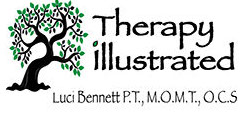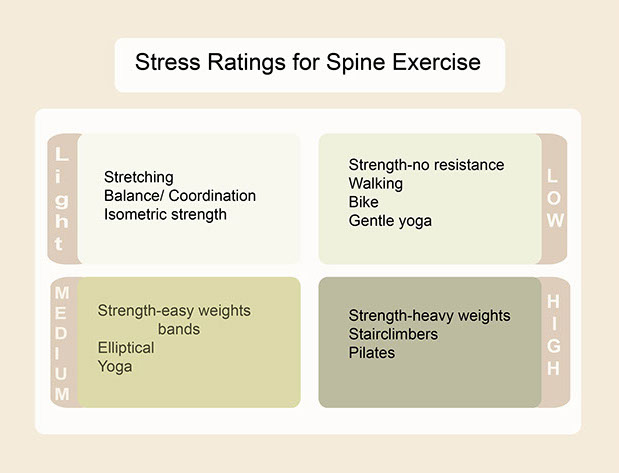


EXERCISE
Tissue training is a more accurate term for the results of exercise. Our physiology is equipped with the capabilities of responding and adapting to different types of stressors. The body's response is dependent on the kind of stress applied and the degree of bodily response is related to one's general health.
Exercise is a training activity to improve the action or quality of the tissue whether it is recovering from an injury or improving health and performance.
There are different physical qualities that are important to the health of our physical bodies. Having all of these qualities prevents the development of other compensations and maintains the body's abilities to avoid injuries.
Flexibility - how pliant and supple the connective tissue, muscles, and joints are.
Strength - the amount of weight the body can hold or move.
Muscular endurance - the length of time muscles can sustain moving or holding weight.
Coordination - the timing of muscle activation required to control the joint systems of the body while moving or holding weight.
Balance - how well the muscles work together to support the body in relation to gravity.
Cardiovascular fitness - how efficiently the heart delivers oxygenated blood to the muscles that need to sustain work.
Improving or restoring any of these qualities requires a practice or training session that specifically addresses that quality at an appropriate level of intensity. There are a lot of guidelines for what different exercises will do, but they can be confusing and are rarely appropriate for the phase of healing or fitness level of the individual. It must be stressful enough to evoke a response from the body but not so stressful that the tissue tolerance is exceeded.

If you have a back injury or are coping with a chronic issue, it is best to consult with a professional. They will assess the condition of your tissues. Based on that information, they will advise you where to begin your process and how to develop your program. Bodies will respond to consistent work and will need additional challenges to fully restore.
That is a difficult question to accurately answer because every body is different. The best exercise is the one that changes the main barrier to progressing to the next stage of healing. Some problems are limited by a loss of flexibility. Some problems get stuck due to poor strength. The easiest path of recovery is getting good professional help and direction.
Which exercise is the best?
In the anatomy section, we learned that different motions load different structures. The diagnosis section describes how different pathologies cause changes in different parts of the spine. There are phases of tissue recovery to consider as well because it is important to protect the injury in the early stages.
All of these aspects are considered when recommending exercise.
The contents of BackPainExplained web site including the text, graphics, images, and other material are for informational purposes only. The content of this web site is not intended to be a substitute for professional medical advice, diagnosis, or treatment. Always seek advice of your physician or other qualified health professional with questions you may have regarding a medical condition. Do not delay seeking medical advice or disregard professional treatment advice because of something that you have read on BackPainExplained.
Call your physician or 911 if you think that you have a medical emergency. Reliance on any information within BackPainExplained web site is solely at your own risk.